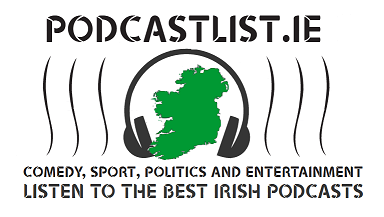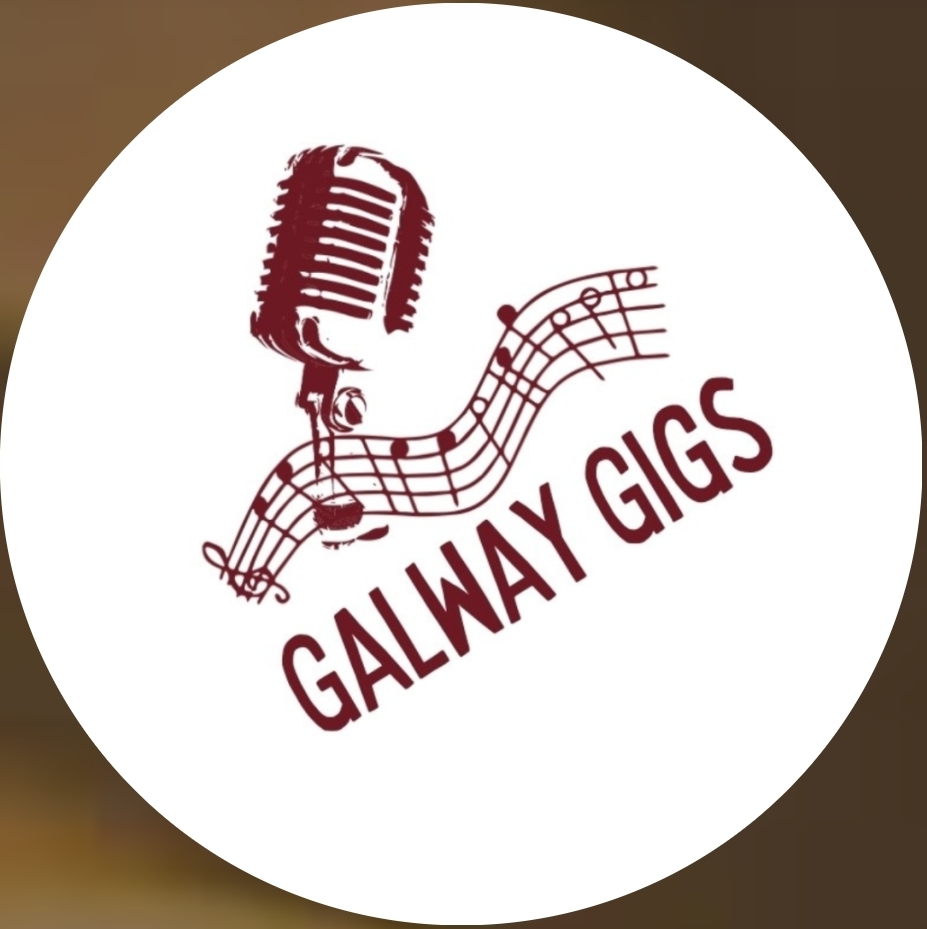For three straight years, the ‘Super Round’ in Melbourne has existed as Super Rugby Pacific’s awkward child. Much like a parent’s obligatory affection for a mischievous offspring, the competition has had to show it loves the concept only because it is family.
This love-hate relationship embodies the complexity of balancing tradition with innovation in international rugby, highlighting the challenges and opportunities in reimagining its future.
The Super Round’s Practical Challenges and Melbourne’s
For three straight years, the ‘Super Round’ in Melbourne has existed as Super Rugby Pacific’s awkward child. Much like a parent’s obligatory affection for a mischievous offspring, the competition has had to show it loves the concept only because it is family.
This love-hate relationship embodies the complexity of balancing tradition with innovation in international rugby, highlighting the challenges and opportunities in reimagining its future.
The Super Round’s Practical Challenges and Melbourne’s Potential
Despite its potential, the Super Round in Melbourne has struggled to fully ignite the passionate atmosphere often associated with rugby matches. On paper, Melbourne, with its centrally located AAMI Park, presents as an idyllic venue for such a grand event.
Nestled among the bustling bars, restaurants, and hotels of Melbourne’s heart, it boasts the convenience of proximity, coupled with the city’s international airport and an efficient public transport system, making it highly accessible to fans from all competing teams. This geographical advantage suggests that Melbourne could indeed offer the backdrop for a memorable rugby weekend, where the sport is celebrated not just on the field but as a part of the city’s vibrant culture.
Yet, this vision has not fully materialized in the Super Round’s execution, where the electric stadium atmosphere and the sense of a special occasion have been notably absent, leaving the event’s lofty potential somewhat unfulfilled.
The Role of TEG Live in Shaping the Future of the Super Round
With its robust background in entertainment and concerts, the shift to involve TEG Live in orchestrating the Super Rugby Pacific’s Super Round was a daring yet intriguing move. Coming from a non-sports-centric perspective, TEG Live may offer fresh, innovative approaches to promoting and marketing the event.
However, the results over the past three years have sparked concerns, particularly about the apparent lack of effective marketing and promotion of the event. This has been especially noticeable in the Melbourne area, which is fervently dedicated to AFL, and across the Tasman, where die-hard rugby fans reside. Despite the hurdles, this year’s achievement of attracting a crowd exceeding 32,000 over three days amidst the backdrop of Australian rugby’s tumultuous times and the precarious situation of the Melbourne Rebels is commendable.
It reflects not just the unexplored potential of Melbourne as a vibrant host city but also the resilience and appeal of rugby. The involvement of TEG Live, bolstered by Silver Lake’s financial injection into NZR’s commercial operations, could yet prove to be a masterstroke in the long term.
With proper adjustments and a more targeted approach to engagement and outreach, there’s ample opportunity to revitalize the Super Round, turning it into a must-attend event on the sporting calendar. For fans looking to bet on sports, the evolving dynamics of the Super Round offer an exciting prospect packed with unpredictability and the promise of high-stakes rugby action.
Attendee Experiences and the Persistent Challenge of Filling AAMI Park
Despite the enchanting stadium atmosphere that has notably enhanced attendee enjoyment during the Super Rugby Pacific’s ‘Super Round,’ a recurring challenge has been the inability to fill AAMI Park. This issue has remained constant throughout all editions of the event, from the 2022 edition—markedly impacted by COVID-19 travel restrictions—to the most recent 2024 edition.
With Victorian Tourism’s extended support concluding, the viability and future of the Super Round are under scrutiny. However, the quality of rugby showcased, particularly the five riveting matches of the last weekend, suggests a bright future for the event. The contrasting realities of an electric yet underpopulated stadium present a complex puzzle: the event possesses undeniable potential and appeal, as evidenced by the high-quality rugby on display, yet struggles to attract a full-house audience.
This dichotomy underscores the need for innovative strategies to increase attendance, make the most of Melbourne’s vibrant potential as a host city, and ensure the Super Round’s sustainability as a premier event in the rugby calendar.
Rethinking Leadership and Hosting Strategies for Super Rugby’s Prosperity
Rethinking Leadership and Hosting Strategies for Super Rugby’s Prosperity necessitates a balanced approach that maintains the commission’s control while leveraging external expertise in vital areas. The separation of the Super Round’s management from the overarching governance of Super Rugby Pacific has presented challenges. Ensuring the commission retains authority over the event reassures that the Super Round remains an integral part of the competition, strengthens its ties with the teams, and enhances the overall coordination of marketing, promotion, and logistic efforts.
Capitalizing on existing resources such as membership and ticketing databases facilitates more personalized and effective outreach efforts, potentially increasing attendance and engagement. Direct collaboration with broadcasters further ensures that the event’s portrayal aligns with the competition’s values and narratives, reinforcing the Super Round’s significance within the rugby calendar.
Considering the relocation, if Melbourne were no longer the host, the accessibility criteria, transport infrastructure, and the ability to accommodate an international rugby audience remain paramount. Exploring new cities that align with these prerequisites opens avenues for fresh experiences for fans and players alike while adhering to the logistical and operational standards required for such a significant event.
Conclusion
The future of the Super Round within the Super Rugby Pacific framework hangs in the balance, requiring decisive action and strategic planning. The commission unquestionably needs to address the complexities of retaining the event’s allure while ensuring its operational and financial viability.
Amidst considerations for its continuation, the choice of Melbourne as a host city still stands out as a viable option, attributed to its proven appeal and infrastructural advantages. However, navigating through the challenges presented in the 2024 edition, it becomes clear that mere continuation without innovation is not sustainable. For the Super Round to transition from a concept with potential to a flagship event in the rugby calendar, a comprehensive overhaul in how it’s planned, promoted, and executed is imperative.
Ensuring the event not only survives but thrives necessitates a visionary approach—leveraging the rugby community’s inherent strengths and the unique character of the host city and ensuring an unforgettable experience for all, on and off the field.
Despite its potential, the Super Round in Melbourne has struggled to fully ignite the passionate atmosphere often associated with rugby matches. On paper, Melbourne, with its centrally located AAMI Park, presents as an idyllic venue for such a grand event.
Nestled among the bustling bars, restaurants, and hotels of Melbourne’s heart, it boasts the convenience of proximity, coupled with the city’s international airport and an efficient public transport system, making it highly accessible to fans from all competing teams. This geographical advantage suggests that Melbourne could indeed offer the backdrop for a memorable rugby weekend, where the sport is celebrated not just on the field but as a part of the city’s vibrant culture.
Yet, this vision has not fully materialized in the Super Round’s execution, where the electric stadium atmosphere and the sense of a special occasion have been notably absent, leaving the event’s lofty potential somewhat unfulfilled.
The Role of TEG Live in Shaping the Future of the Super Round
With its robust background in entertainment and concerts, the shift to involve TEG Live in orchestrating the Super Rugby Pacific’s Super Round was a daring yet intriguing move. Coming from a non-sports-centric perspective, TEG Live may offer fresh, innovative approaches to promoting and marketing the event.
However, the results over the past three years have sparked concerns, particularly about the apparent lack of effective marketing and promotion of the event. This has been especially noticeable in the Melbourne area, which is fervently dedicated to AFL, and across the Tasman, where die-hard rugby fans reside. Despite the hurdles, this year’s achievement of attracting a crowd exceeding 32,000 over three days amidst the backdrop of Australian rugby’s tumultuous times and the precarious situation of the Melbourne Rebels is commendable.
It reflects not just the unexplored potential of Melbourne as a vibrant host city but also the resilience and appeal of rugby. The involvement of TEG Live, bolstered by Silver Lake’s financial injection into NZR’s commercial operations, could yet prove to be a masterstroke in the long term.
With proper adjustments and a more targeted approach to engagement and outreach, there’s ample opportunity to revitalize the Super Round, turning it into a must-attend event on the sporting calendar. For fans looking to bet on sports, the evolving dynamics of the Super Round offer an exciting prospect packed with unpredictability and the promise of high-stakes rugby action.
Attendee Experiences and the Persistent Challenge of Filling AAMI Park
Despite the enchanting stadium atmosphere that has notably enhanced attendee enjoyment during the Super Rugby Pacific’s ‘Super Round,’ a recurring challenge has been the inability to fill AAMI Park. This issue has remained constant throughout all editions of the event, from the 2022 edition—markedly impacted by COVID-19 travel restrictions—to the most recent 2024 edition.
With Victorian Tourism’s extended support concluding, the viability and future of the Super Round are under scrutiny. However, the quality of rugby showcased, particularly the five riveting matches of the last weekend, suggests a bright future for the event. The contrasting realities of an electric yet underpopulated stadium present a complex puzzle: the event possesses undeniable potential and appeal, as evidenced by the high-quality rugby on display, yet struggles to attract a full-house audience.
This dichotomy underscores the need for innovative strategies to increase attendance, make the most of Melbourne’s vibrant potential as a host city, and ensure the Super Round’s sustainability as a premier event in the rugby calendar.
Rethinking Leadership and Hosting Strategies for Super Rugby’s Prosperity
Rethinking Leadership and Hosting Strategies for Super Rugby’s Prosperity necessitates a balanced approach that maintains the commission’s control while leveraging external expertise in vital areas. The separation of the Super Round’s management from the overarching governance of Super Rugby Pacific has presented challenges. Ensuring the commission retains authority over the event reassures that the Super Round remains an integral part of the competition, strengthens its ties with the teams, and enhances the overall coordination of marketing, promotion, and logistic efforts.
Capitalizing on existing resources such as membership and ticketing databases facilitates more personalized and effective outreach efforts, potentially increasing attendance and engagement. Direct collaboration with broadcasters further ensures that the event’s portrayal aligns with the competition’s values and narratives, reinforcing the Super Round’s significance within the rugby calendar.
Considering the relocation, if Melbourne were no longer the host, the accessibility criteria, transport infrastructure, and the ability to accommodate an international rugby audience remain paramount. Exploring new cities that align with these prerequisites opens avenues for fresh experiences for fans and players alike while adhering to the logistical and operational standards required for such a significant event.
Conclusion
The future of the Super Round within the Super Rugby Pacific framework hangs in the balance, requiring decisive action and strategic planning. The commission unquestionably needs to address the complexities of retaining the event’s allure while ensuring its operational and financial viability.
Amidst considerations for its continuation, the choice of Melbourne as a host city still stands out as a viable option, attributed to its proven appeal and infrastructural advantages. However, navigating through the challenges presented in the 2024 edition, it becomes clear that mere continuation without innovation is not sustainable. For the Super Round to transition from a concept with potential to a flagship event in the rugby calendar, a comprehensive overhaul in how it’s planned, promoted, and executed is imperative.
Ensuring the event not only survives but thrives necessitates a visionary approach—leveraging the rugby community’s inherent strengths and the unique character of the host city and ensuring an unforgettable experience for all, on and off the field.










